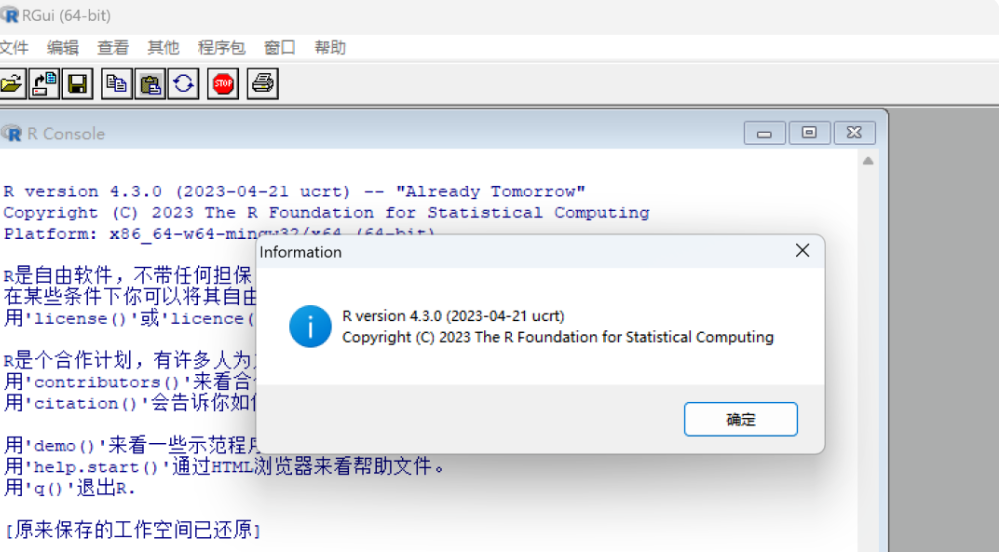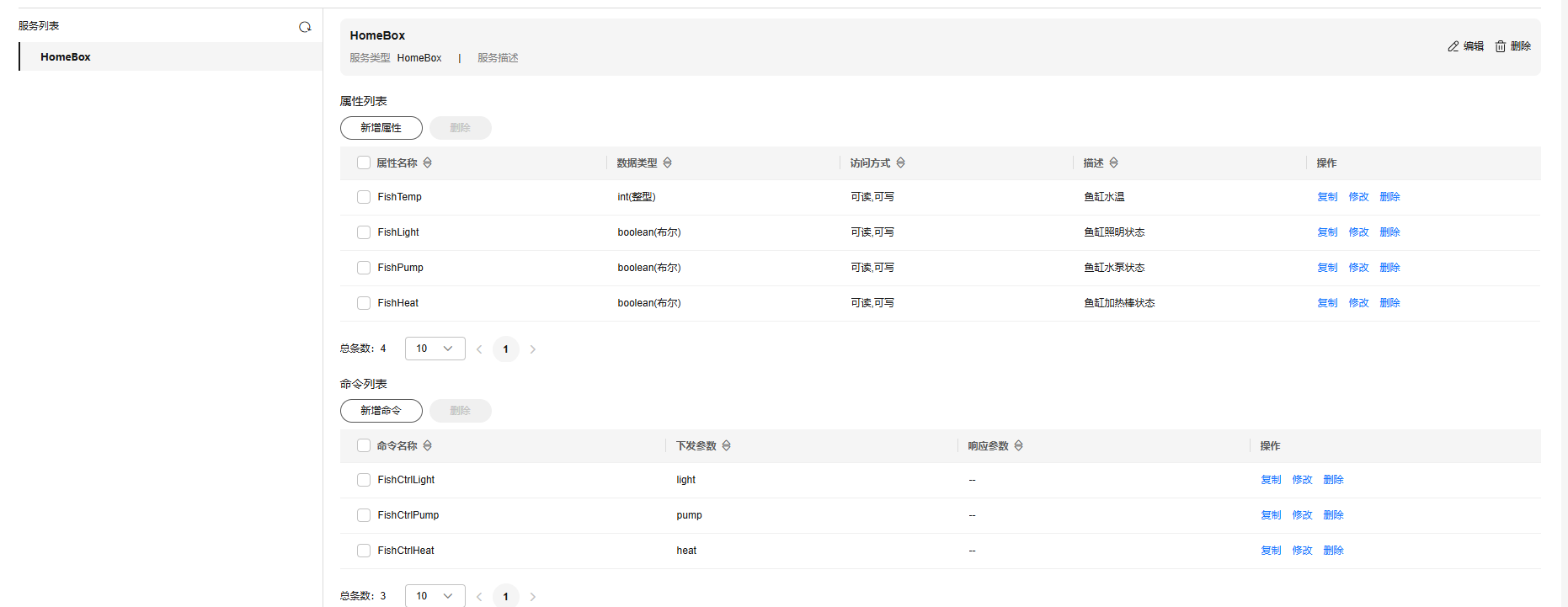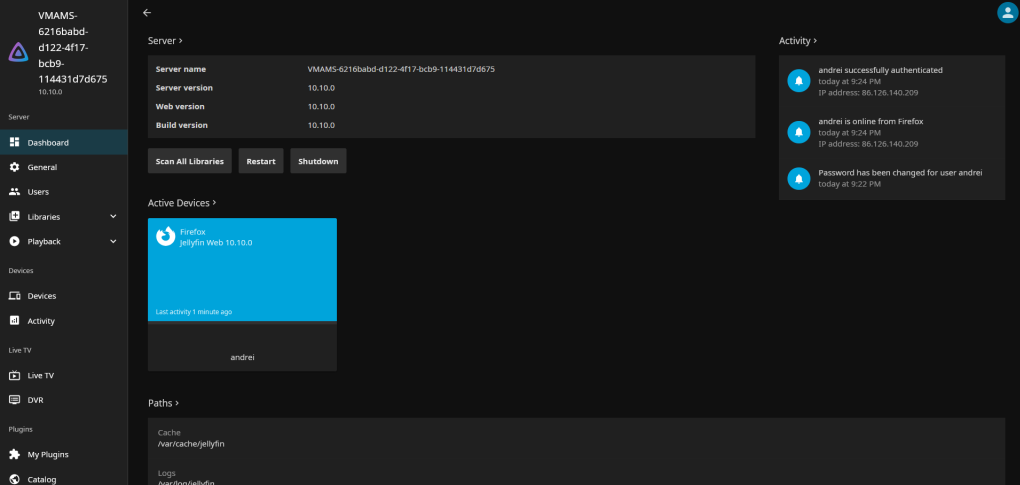在 Go 语言中,第三方库的使用是开发过程中非常常见且重要的一部分。合理地选择和使用第三方库可以极大地提高开发效率,减少重复造轮子的时间。以下是关于如何查找、选择、安装和使用第三方库,以及维护方面的建议。
如何查找和选择第三方库
- 需求明确:首先需要明确自己的项目需求,确定要解决的具体问题或实现的功能。
- 搜索资源:
- 官方文档:Go 官方网站(https://golang.org/)提供了一些常用的库和工具。
- godoc.org:一个搜索 Go 包的网站,可以查看包的文档、版本历史等信息。
- awesome-go:这是一个 GitHub 上的仓库,收集了大量的高质量 Go 库和工具。
- 评估质量:
- 活跃度:查看库的更新频率、贡献者数量、最近一次提交的时间等,以评估其活跃度。
- 社区反馈:阅读其他开发者对该库的评价和使用的体验分享。
- 文档和示例:良好的文档和丰富的示例代码对于快速上手至关重要。
- 测试覆盖率:高质量的库通常会有较高的测试覆盖率,确保库的稳定性和可靠性。
- 兼容性和许可:确认库与你的项目版本是否兼容,并检查库的许可协议,确保符合项目的法律要求。
如何安装和使用第三方库
- 安装:
- 使用
go get命令可以直接从互联网下载并安装第三方库。例如,安装github.com/gin-gonic/gin可以通过命令行执行go get github.com/gin-gonic/gin。 - 如果项目使用了 Go Modules,
go get会自动将依赖添加到go.mod文件中。
- 使用
- 导入:在代码中使用
import关键字导入所需的库。例如,import "github.com/gin-gonic/gin"。 - 使用:根据库的文档来了解如何初始化、配置和调用库中的函数或方法。
第三方库的维护
- 定期更新:定期检查所使用的第三方库是否有新版本发布,及时更新可以获取新的功能和安全修复。
- 依赖管理:使用 Go Modules 来管理项目的依赖关系,这有助于避免“依赖地狱”。
- 安全性:关注第三方库的安全公告,对于存在已知漏洞的库应及时升级或寻找替代方案。
- 备份计划:考虑第三方库停止维护或移除的情况,为关键组件准备替代方案或自定义解决方案。
遵循上述指南,可以帮助你更有效地利用 Go 社区中的第三方库,同时保持项目的健康和可持续性。
当然,结合具体的案例和源代码可以更好地理解如何在 Go 语言中查找、选择、安装、使用和维护第三方库。以下是一个简单的案例,我们将使用一个流行的 Web 框架 Gin 来构建一个基本的 Web 应用程序。
案例背景
假设我们需要快速搭建一个 RESTful API 服务,用于处理用户信息的增删改查(CRUD)。我们将使用 Gin 框架来完成这个任务。
步骤 1: 查找和选择第三方库
我们选择了 Gin(https://gin-gonic.com/),因为它轻量级、性能好,且有详细的文档支持。
步骤 2: 安装第三方库
打开终端,执行以下命令安装 Gin:
go get -u github.com/gin-gonic/gin
步骤 3: 创建项目结构
创建一个新的 Go 项目文件夹,并在其中创建以下文件结构:
myapp/
├── main.go
└── go.mod
步骤 4: 初始化 Go 模块
在项目根目录下运行:
go mod init myapp
这将创建一个 go.mod 文件,用于记录项目依赖。
步骤 5: 编写代码
编辑 main.go 文件,编写如下代码:
package main
import (
"net/http"
"github.com/gin-gonic/gin"
)
// User represents the model for a user.
type User struct {
ID string `json:"id"`
Name string `json:"name"`
Email string `json:"email"`
}
var users = []User{
{ID: "1", Name: "John Doe", Email: "john@example.com"},
{ID: "2", Name: "Jane Doe", Email: "jane@example.com"},
}
func main() {
r := gin.Default()
// Route to get all users
r.GET("/users", func(c *gin.Context) {
c.JSON(http.StatusOK, users)
})
// Route to get a single user by ID
r.GET("/users/:id", func(c *gin.Context) {
id := c.Param("id")
for _, user := range users {
if user.ID == id {
c.JSON(http.StatusOK, user)
return
}
}
c.JSON(http.StatusNotFound, gin.H{"error": "User not found"})
})
// Start the server
r.Run(":8080")
}
步骤 6: 运行应用
在终端中运行:
go run main.go
然后可以在浏览器中访问 http://localhost:8080/users 和 http://localhost:8080/users/1 来测试 API。
维护第三方库
更新库
为了更新 Gin 到最新版本,可以在项目根目录下运行:
go get -u github.com/gin-gonic/gin
检查依赖
使用 go list -m all 命令可以列出所有直接和间接的依赖项及其版本。
安全性
定期检查依赖库的安全公告,可以使用工具如 go list -json -m all | nancy sleuth 来帮助检测潜在的安全问题。
通过以上步骤,你可以看到如何在实际项目中应用第三方库,包括从选择到使用再到维护的全过程。希望这个例子对你有所帮助!
好的,我们可以继续扩展这个案例,增加更多的功能和细节,以便更全面地展示如何在 Go 语言中使用和维护第三方库。
扩展功能:增加用户创建和删除
步骤 1: 修改数据结构
为了让我们的应用能够处理用户创建和删除的操作,我们需要对数据结构进行一些调整。在 main.go 中,修改 users 变量为一个可变的数据结构,例如 map。
var users = map[string]User{
"1": {ID: "1", Name: "John Doe", Email: "john@example.com"},
"2": {ID: "2", Name: "Jane Doe", Email: "jane@example.com"},
}
步骤 2: 添加创建用户的路由
在 main.go 中添加一个处理 POST 请求的路由,用于创建新用户。
// Route to create a new user
r.POST("/users", func(c *gin.Context) {
var newUser User
if err := c.ShouldBindJSON(&newUser); err != nil {
c.JSON(http.StatusBadRequest, gin.H{"error": err.Error()})
return
}
newUser.ID = generateID()
users[newUser.ID] = newUser
c.JSON(http.StatusCreated, newUser)
})
// Helper function to generate a unique ID
func generateID() string {
// For simplicity, we use a simple counter here
// In a real application, you might want to use a more robust method
var idCounter int
for {
idCounter++
id := strconv.Itoa(idCounter)
if _, exists := users[id]; !exists {
return id
}
}
}
步骤 3: 添加删除用户的路由
在 main.go 中添加一个处理 DELETE 请求的路由,用于删除用户。
// Route to delete a user by ID
r.DELETE("/users/:id", func(c *gin.Context) {
id := c.Param("id")
if _, exists := users[id]; exists {
delete(users, id)
c.JSON(http.StatusNoContent, nil)
} else {
c.JSON(http.StatusNotFound, gin.H{"error": "User not found"})
}
})
步骤 4: 测试新增功能
启动应用后,可以使用 curl 或 Postman 等工具来测试新增的路由。
创建用户
curl -X POST http://localhost:8080/users -H "Content-Type: application/json" -d '{"name": "Alice Smith", "email": "alice@example.com"}'
删除用户
curl -X DELETE http://localhost:8080/users/3
维护和优化
依赖管理
确保项目中的依赖是最新的,可以使用以下命令:
go get -u ./...
代码格式化
使用 gofmt 工具来格式化代码,确保代码风格一致:
gofmt -w .
代码审查
使用静态分析工具如 golint 和 go vet 来检查代码质量和潜在的问题:
golint ./...
go vet ./...
性能测试
使用 wrk 或 ab 等工具进行性能测试,确保应用在高并发情况下的表现:
wrk -t12 -c400 -d30s http://localhost:8080/users
文档和注释
为代码添加注释和文档,以便其他开发者更容易理解和维护:
// User represents the model for a user.
type User struct {
ID string `json:"id"`
Name string `json:"name"`
Email string `json:"email"`
}
// generateID generates a unique ID for a new user.
func generateID() string {
// For simplicity, we use a simple counter here
// In a real application, you might want to use a more robust method
var idCounter int
for {
idCounter++
id := strconv.Itoa(idCounter)
if _, exists := users[id]; !exists {
return id
}
}
}
总结
通过以上步骤,我们不仅扩展了应用的功能,还展示了如何在 Go 语言中管理和维护第三方库。
好的,我们可以继续扩展这个案例,增加更多的功能和细节,比如用户更新、错误处理、日志记录和中间件等。这样可以使应用更加健壮和完善。
扩展功能:用户更新和错误处理
步骤 1: 添加用户更新的路由
在 main.go 中添加一个处理 PUT 请求的路由,用于更新用户信息。
// Route to update a user by ID
r.PUT("/users/:id", func(c *gin.Context) {
id := c.Param("id")
var updateUser User
if err := c.ShouldBindJSON(&updateUser); err != nil {
c.JSON(http.StatusBadRequest, gin.H{"error": err.Error()})
return
}
if _, exists := users[id]; exists {
users[id].Name = updateUser.Name
users[id].Email = updateUser.Email
c.JSON(http.StatusOK, users[id])
} else {
c.JSON(http.StatusNotFound, gin.H{"error": "User not found"})
}
})
步骤 2: 错误处理中间件
为了更好地处理和记录错误,我们可以添加一个全局的错误处理中间件。
// Middleware for error handling
func errorHandler() gin.HandlerFunc {
return func(c *gin.Context) {
defer func() {
if err := recover(); err != nil {
c.JSON(http.StatusInternalServerError, gin.H{"error": "Internal Server Error"})
}
}()
c.Next()
}
}
func main() {
r := gin.Default()
// Add error handling middleware
r.Use(errorHandler())
// Existing routes
r.GET("/users", func(c *gin.Context) {
c.JSON(http.StatusOK, users)
})
r.GET("/users/:id", func(c *gin.Context) {
id := c.Param("id")
if user, exists := users[id]; exists {
c.JSON(http.StatusOK, user)
} else {
c.JSON(http.StatusNotFound, gin.H{"error": "User not found"})
}
})
// New route for updating a user
r.PUT("/users/:id", func(c *gin.Context) {
id := c.Param("id")
var updateUser User
if err := c.ShouldBindJSON(&updateUser); err != nil {
c.JSON(http.StatusBadRequest, gin.H{"error": err.Error()})
return
}
if _, exists := users[id]; exists {
users[id].Name = updateUser.Name
users[id].Email = updateUser.Email
c.JSON(http.StatusOK, users[id])
} else {
c.JSON(http.StatusNotFound, gin.H{"error": "User not found"})
}
})
// Start the server
r.Run(":8080")
}
步骤 3: 日志记录
为了更好地监控应用的运行状态,我们可以添加日志记录功能。Gin 提供了内置的日志中间件,但我们也可以自定义日志格式。
import (
"log"
"os"
"github.com/gin-gonic/gin"
"github.com/gin-gonic/gin/logrus"
)
// Custom logger
func customLogger() gin.HandlerFunc {
return func(c *gin.Context) {
entry := logrus.NewEntry(logrus.StandardLogger())
start := time.Now()
path := c.Request.URL.Path
raw := c.Request.URL.RawQuery
c.Next()
end := time.Now()
latency := end.Sub(start)
clientIP := c.ClientIP()
method := c.Request.Method
statusCode := c.Writer.Status()
bodySize := c.Writer.Size()
entry.WithFields(logrus.Fields{
"status": statusCode,
"method": method,
"path": path,
"query": raw,
"ip": clientIP,
"latency": latency,
"body_size": bodySize,
"user_agent": c.Request.UserAgent(),
"time": end.Format("2006-01-02T15:04:05.999999999Z07:00"),
"request_id": c.Writer.Header().Get("X-Request-Id"),
"response_id": c.Writer.Header().Get("X-Response-Id"),
}).Info()
}
}
func main() {
r := gin.Default()
// Add custom logger middleware
r.Use(customLogger())
// Add error handling middleware
r.Use(errorHandler())
// Existing routes
r.GET("/users", func(c *gin.Context) {
c.JSON(http.StatusOK, users)
})
r.GET("/users/:id", func(c *gin.Context) {
id := c.Param("id")
if user, exists := users[id]; exists {
c.JSON(http.StatusOK, user)
} else {
c.JSON(http.StatusNotFound, gin.H{"error": "User not found"})
}
})
// New route for updating a user
r.PUT("/users/:id", func(c *gin.Context) {
id := c.Param("id")
var updateUser User
if err := c.ShouldBindJSON(&updateUser); err != nil {
c.JSON(http.StatusBadRequest, gin.H{"error": err.Error()})
return
}
if _, exists := users[id]; exists {
users[id].Name = updateUser.Name
users[id].Email = updateUser.Email
c.JSON(http.StatusOK, users[id])
} else {
c.JSON(http.StatusNotFound, gin.H{"error": "User not found"})
}
})
// Start the server
r.Run(":8080")
}
步骤 4: 测试新增功能
启动应用后,可以使用 curl 或 Postman 等工具来测试新增的路由。
更新用户
curl -X PUT http://localhost:8080/users/1 -H "Content-Type: application/json" -d '{"name": "John Updated", "email": "john.updated@example.com"}'
维护和优化
依赖管理
确保项目中的依赖是最新的,可以使用以下命令:
go get -u ./...
代码格式化
使用 gofmt 工具来格式化代码,确保代码风格一致:
gofmt -w .
代码审查
使用静态分析工具如 golint 和 go vet 来检查代码质量和潜在的问题:
golint ./...
go vet ./...
性能测试
使用 wrk 或 ab 等工具进行性能测试,确保应用在高并发情况下的表现:
wrk -t12 -c400 -d30s http://localhost:8080/users
文档和注释
为代码添加注释和文档,以便其他开发者更容易理解和维护:
// User represents the model for a user.
type User struct {
ID string `json:"id"`
Name string `json:"name"`
Email string `json:"email"`
}
// generateID generates a unique ID for a new user.
func generateID() string {
// For simplicity, we use a simple counter here
// In a real application, you might want to use a more robust method
var idCounter int
for {
idCounter++
id := strconv.Itoa(idCounter)
if _, exists := users[id]; !exists {
return id
}
}
}
// customLogger is a middleware for logging requests.
func customLogger() gin.HandlerFunc {
return func(c *gin.Context) {
entry := logrus.NewEntry(logrus.StandardLogger())
start := time.Now()
path := c.Request.URL.Path
raw := c.Request.URL.RawQuery
c.Next()
end := time.Now()
latency := end.Sub(start)
clientIP := c.ClientIP()
method := c.Request.Method
statusCode := c.Writer.Status()
bodySize := c.Writer.Size()
entry.WithFields(logrus.Fields{
"status": statusCode,
"method": method,
"path": path,
"query": raw,
"ip": clientIP,
"latency": latency,
"body_size": bodySize,
"user_agent": c.Request.UserAgent(),
"time": end.Format("2006-01-02T15:04:05.999999999Z07:00"),
"request_id": c.Writer.Header().Get("X-Request-Id"),
"response_id": c.Writer.Header().Get("X-Response-Id"),
}).Info()
}
}
总结
通过以上步骤,我们不仅扩展了应用的功能,还增加了错误处理、日志记录和中间件等机制,使应用更加健壮和完善。希望这些内容能帮助你在实际项目中更加高效地使用和管理第三方库。












![[ 网络安全介绍 1 ] 什么是网络安全?](https://i-blog.csdnimg.cn/direct/df118a143f5f40db9f84ca3626ebfed0.png)





